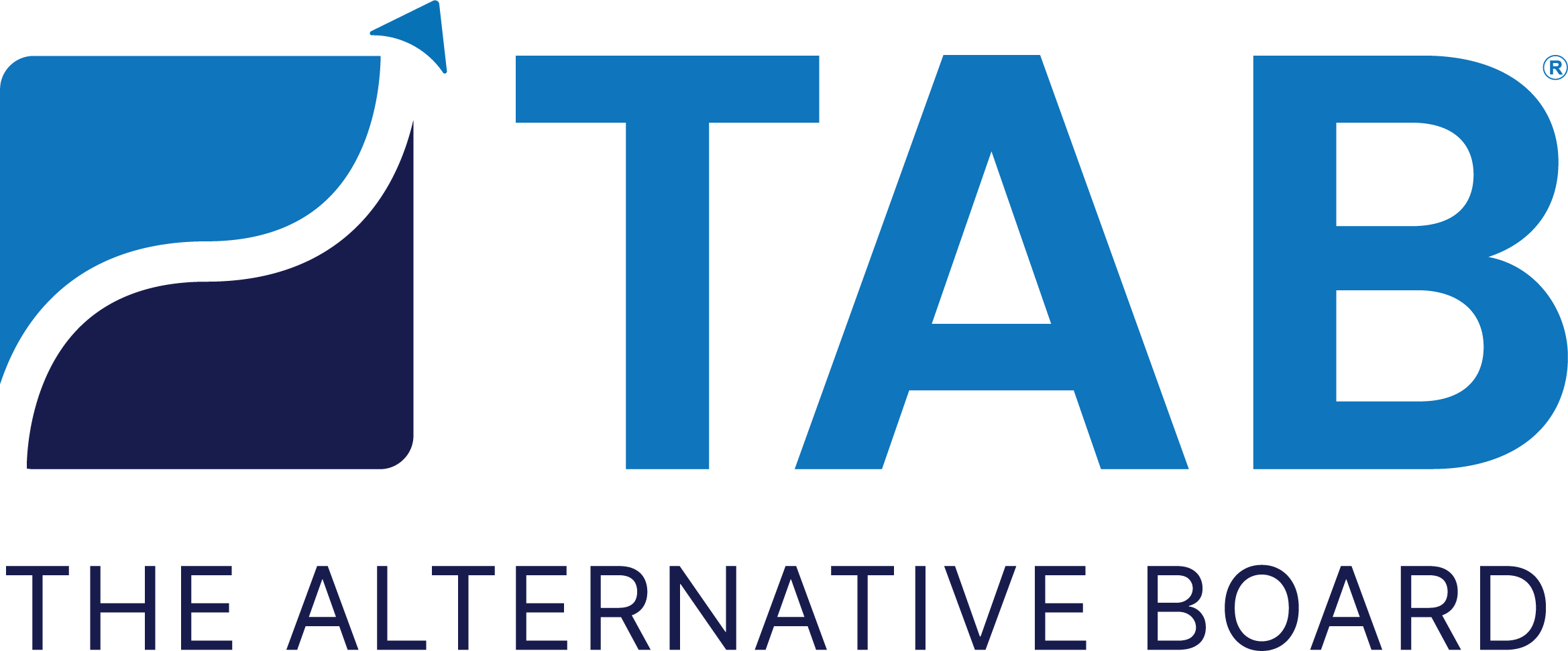How to Create a Dynamite Onboarding Process for New Employees
You have hired your next rockstar employee, but do you want to keep them? If so, you need to establish a consistent, well-thought-out new employee onboarding program.
Not to be confused with new employee orientation, onboarding is the process of involving and integrating new employees into their role, with the aim of helping them understand how to succeed in their daily job and how their work contributes to the vision and mission of the business.
Why do you need an onboarding process?
Studies show that three in every four employee turnovers are preventable, and 78% of the reasons employees quit in 2020 could have been prevented by the employer. With this in mind, it is essential to get new employees well-integrated into the business and engaged by their work from the get-go.
Some of the benefits of a great new employee onboarding process include:
Improved performance
Increased engagement
Increased retention
The employee is productive and up to speed sooner
Improved communication
Increased collaboration
Reinforced company culture
The benefits are clear! If you build a dynamite onboarding program and implement it consistently, both the business and new hires benefit in numerous ways.
Set the stage
Onboarding must begin before your new hire’s first day. Once they have made the decision to join your business, the president should call them and welcome them to the company. If possible, the head of the company or department should introduce them to the executives, explain the company’s vision, mission, and key values.
Complete paperwork ahead of time
Next, focus on getting all the compliance documents filled out and signed. These should all be completed before day one. The first day - when a new employee is filled with the excitement and anticipation of starting a new job - is not time to get the paperwork out.
Assign a mentor
Make sure their workspace is organized and assign them a mentor to help them understand “company speak”, general policies, and simple things to help them get settled, like where they can eat in or out of the company. We recommend pre-hire personality assessments for all new employees, but its usefulness doesn’t stop at the hiring stage. Knowledge of the employee’s strengths, motivators, and behavioral style is invaluable for devising mentoring strategies and to help them succeed in your company’s culture.
Set goals and review progress
Schedule weekly and monthly meetings with them over the first six months to review their progress, provide feedback, and give them the opportunity to share any concerns or questions. Review performance objectives with the new employee and work with them to set personal growth goals. Create a plan to provide basic training as needed, and set goals to provide additional training to fill any skills or knowledge gaps over the course of the first year.
Remote onboarding
If you’re onboarding remotely, the same guidelines apply. Conduct virtual face-to-face meetings using your preferred method - the key here is to not allow email to replace the personal touch. If your workforce is currently remote you probably already have social elements in place, such as virtual pizza lunches, virtual office games, or similar (if you don’t, you should!), so make it a priority to include your new hire and introduce them to everyone involved. Ensure they receive any physical items you would usually provide to new employees; mail it to them if necessary.

